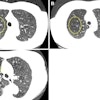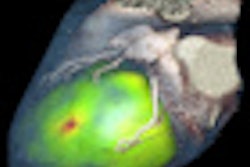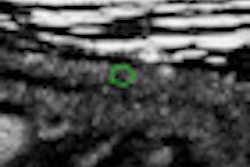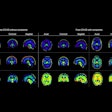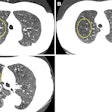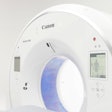Surveillance using mammography increases the survival chances of breast cancer patients, according to a new study.
In the latest edition of Health Technology Assessment (HTA, September 2011, Vol. 15:34), Dr. Fiona Gilbert, from the University of Aberdeen in the U.K., and colleagues sought to determine the most effective and cost-effective method of surveillance following breast cancer treatment in terms of frequency, effectiveness, safety, and efficiency.
The use of mammographic surveillance differs in terms of start, frequency, duration, and discharge, the researchers found. Mammographic surveillance increases the chances of survival compared with follow-ups that do not include them; and MRI examinations are the most accurate way of detecting new growths. Also, women who have a smaller secondary tumor (less than 10 mm in diameter) have a higher chance of survival.
Mammographic surveillance was cost-effective when provided on a 12-month basis. This was best used for women who were more likely to develop a secondary or primary tumor, but more cost-effective when used every three years for women who were unlikely to develop another growth, according to the researchers.
As a result of questions raised by the study, the National Institute for Health Research HTA, which funded the research, has issued a call for proposals on surveillance regimes following early breast cancer. More information on can be found here. The deadline for applications is 6 October.



